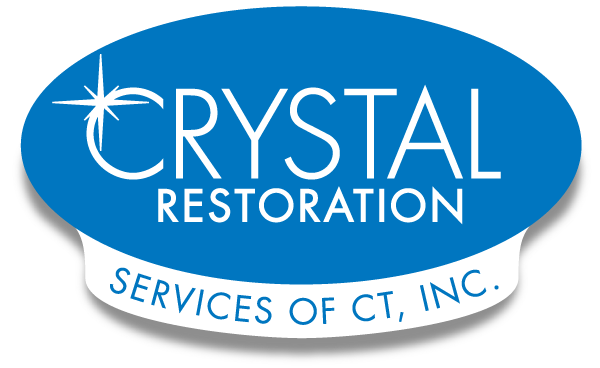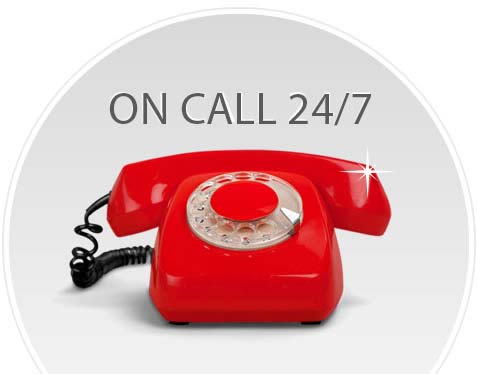Dos & Don’ts

Water Damage Dos and Don’ts
Water damage in a home or business is a serious problem. It can range from flooding and leaks to burst pipes, overflowing toilets, malfunctioning dishwashers or washing machines, tub or sink overflows, or a broken water heater, to name a few and much more.
On average, households are three times as likely to suffer damage from water as they are to experience a fire or any other type of unfortunate disaster. Whether you have a wet basement or mold infestation, it’s important to take quick action to minimize the damage and restore your property as soon as possible. To start your water damage restoration process, you’ll want to remove as much water as you can. In any event, you should always be extremely careful as to where you step or walk if the electricity has not been shut off. Then consider repairing any damaged structures and replacing any items that are beyond repair. Finally, be sure to address the underlying issue that caused the water damage in the first place so you can prevent costly repairs in the future. Water damage restoration is no easy task, but with these tips, you’ll get everything back on track quickly and efficiently.
Basic “Do’s” in the Event of Water Damage:
- DO remove as much excess water as possible by mopping and blotting.
- DO wipe water from wood furniture after removal of lamps and tabletop items.
- DO remove and prop up wet upholstery cushions for even drying (check for possible bleeding).
- DO place aluminum foil, china saucers or wood blocks between furniture legs and wet carpet.
- DO turn on air conditioning for maximum drying in summer; open windows in winter.
- DO open drawers and cabinet doors for complete drying (do not force, however).
- DO remove valuable oil paintings and art objects to a safe place.
- DO blot wet carpet with clean, white towels.
- DO remove wet area rugs off hardwood floors.
- DO open suitcases and luggage to dry.
- DO remove wet books and spread out to dry. DO lift draperies off carpet; loop through coat hanger and place hanger on drapery rod.
- DO punch holes in sagging ceilings to relieve trapped water; place pots or bowls underneath.
Basic “Don’ts” in the Event of Water Damage:
- DON’T turn the heat to a high temperature; this could facilitate mold growth.
- DON’T go into a flooded basement without wearing rubber boots.
- DON’T leave wet fabrics in place; dry as soon as possible (hang furs/leather goods to dry separately at room temperature).
- DON’T leave books, magazines or other colored items on wet carpets, floors or upholstery.
- DON’T use your household vacuum to remove water.
- DON’T use televisions, stereos, or other electrical items while standing on wet carpets or floors.
- DON’T turn on ceiling fixtures if the ceiling is wet (and do keep out of rooms where ceilings are sagging).
Emergency Remediation of Residential & Commercial Properties, Large and Small.







